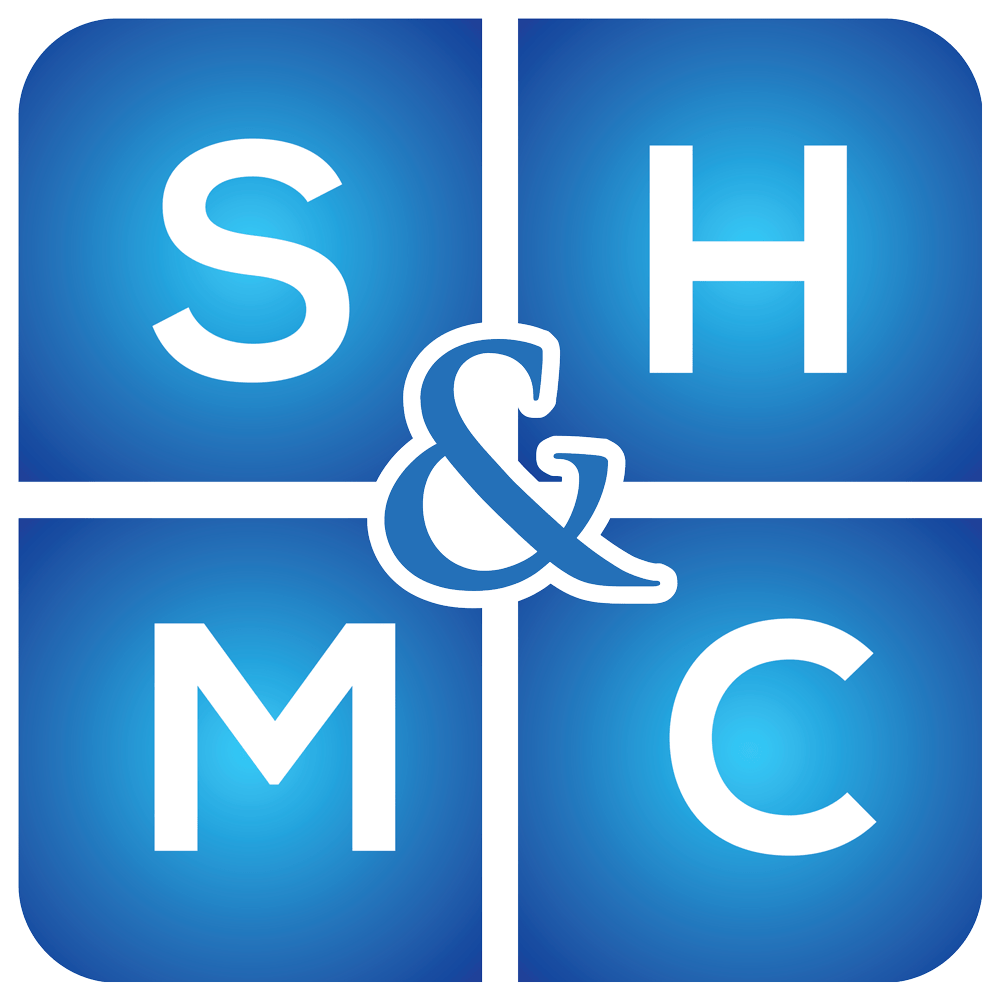Embarking on a journey to understand and manage your headaches or migraines begins with self-awareness. By keeping track of specific indicators, you can gain valuable insights into your unique experiences and pave the way towards more effective relief. In this blog post, our headache clinician, Jenny, will guide you through the crucial elements to monitor when suffering from headaches or migraines, helping you take control of your well-being.
Being aware of your headaches and migraines is the first step.
Tracking Essential Elements:
1. Intensity and Duration:
Record the severity (on a scale of 1-10), and duration of each headache or migraine episode. Understanding the patterns can provide valuable information for you and your healthcare provider.
Approximately 1 in 20 adults will experience daily or near daily headaches1.
2. Location and Type:
Note the specific location of your headaches and the type of pain you experience, whether it’s throbbing, stabbing, or constant. Be very specific about the location – Does it start on one side and move to the other? Is it always on one side? Is it more dominant on one side compared to the other? These little details help us identify different headache types.
3. Accompanying Symptoms:
Do your headaches/ migraines usually or always come with additional symptoms, such as nausea, vomiting, sensitivity to light or sound, and visual disturbances. Do you experience redness in the eye or a runny nose? Noting this down will give us a more comprehensive picture for diagnosis and treatment planning.
4. Triggers and Patterns:
Identify potential triggers for your headaches, such as stress, specific foods, environmental factors, or hormonal changes. Recognising patterns can empower you to make relevant lifestyle adjustments to minimise triggers.
When to Seek Immediate Help:
While self-tracking is a valuable tool, it is crucial to recognise when headache or migraine symptoms may suggest an emergency, or something more serious:
- Sudden and Severe Pain:
- Seek immediate medical attention if you experience a sudden, severe headache that feels unlike any previous episodes.
- New Onset Headaches:
- Consult with a healthcare professional if you are over 50 and experiencing new onset headaches, especially if they are persistent.
- Headaches with Neurological Symptoms:
- If you encounter neurological symptoms like numbness, weakness, confusion, or difficulty speaking, prompt evaluation is essential.
- Headaches with Trauma:
- Seek medical attention if your headaches follow head trauma to rule out potential complications, such as a concussion, or other structural damage.
By diligently tracking the nuances of your headaches or migraines, you empower yourself to make informed decisions about your well-being. Use this information as a tool to communicate effectively with your team at the Brisbane Headache and Migraine Clinic, ultimately leading to a more accurate diagnosis and effective treatment strategies. Remember, your health is a journey, and understanding your unique experiences is a crucial step toward finding relief and reclaiming your quality of life.
If you would like to book in an appointment to discuss your headache symptoms, please give us a call at 1800 432 322 (1800 HEADACHE) or use our online booking system.
References
1 World Health Organisation (2016). Headache Disorders. https://www.who.int/news-room/fact-sheets/detail/headache-disorders
Written by:











